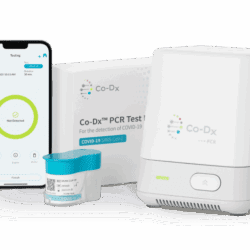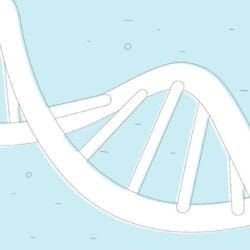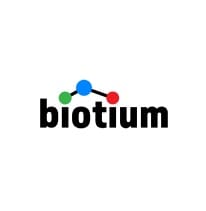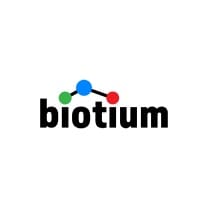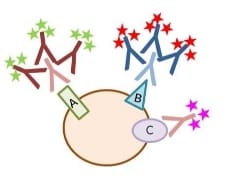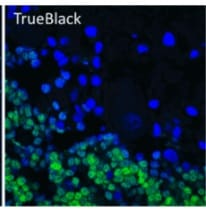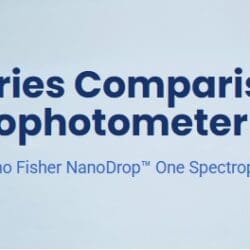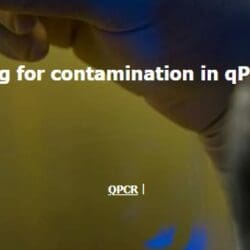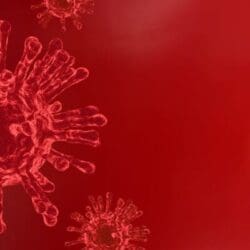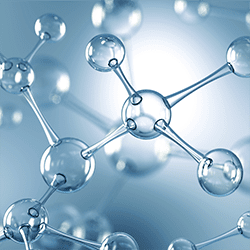
Latest news from our suppliers.
-
Co-Dx | The Co-Dx™ PCR platform
The next stage in the evolution of PCR is here. A journey 10 years in the making 10 years ago, Co-Diagnostics was founded on a simple but ambitious mission: To transform healthcare delivery and create a positive impact on a global scale by democratizing access to molecular diagnostics. We now find ourselves on the verge […]
Read More -
Co-Dx | Benefits of PCR Testing
Why PCR Remains the Best Way to Test for COVID-19 Four Decades of PCR and Counting PCR (polymerase chain reaction) technology celebrated its 40th birthday last year, introduced to the world by American biochemist Kary Mullis. Over the last 40+ years, PCR technology (especially real-time PCR) has seen incredible advancements, but at its core it […]
Read More -
BIOTIUM | Biotium’s ExoBrite™ Flow Antibody helps validate an upscaling protocol for potential exosome-based therapies
Exosome-based therapies are gaining attention in regenerative medicine for their ability to modulate cellular behaviour and enhance tissue repair. Exosomes derived from mesenchymal stem cells (MSCs) have been shown to carry bioactive molecules such as proteins, lipids, and nucleic acids that facilitate intercellular communication and tissue regeneration. While MSC-derived exosomes have demonstrated therapeutic potential for […]
Read More -
BIOTIUM | Protocol: Cell Surface Antibody Staining for Flow Cytometry
There are many protocols for staining cells for flow cytometry. Protocols may to need be optimized for different cell types, targets, or applications. This is our basic protocol for extracellular staining of cell surface epitopes in suspension cells for flow cytometry.
Read More -
BIOTIUM | Protocol: Immunofluorescence Staining of Cells for Microscopy
There are many variations on IF protocols, and steps may need to be optimized for different targets or applications. Some epitopes may require specific fixation conditions for detection. This is our basic protocol for staining adherent cells in dishes or cells grown on coverslips.
Read More -
BIOTIUM | Tech Tip: Combined Direct and Indirect IF Using Primary Antibodies from the Same Host
Phalloidin Conjugates ORDER HERE Mix-n-Stain™ CF® Dye Antibody Labelling Kits ORDER HERE
Read More -
BIOTIUM | Tech Tip: Battling Tissue Autofluorescence
TrueBlack® Lipofuscin Autofluorescence Quencher, 20X in DMF ORDER HERE TrueBlack® Plus Lipofuscin Autofluorescence Quencher, 40X in DMSO ORDER HERE
Read More -
DeNovix | DS-11 Series Comparison to Thermo Fisher NanoDrop™ One Spectrophotometer
The DeNovix DS-11 Series instruments and the Thermo Fisher NanoDrop™ One spectrophotometer are used for rapid quantification of nucleic acids and proteins. The DS-11 Series Spectrophotometer / Fluorometer offers best-in-class limits of detection, the broadest dynamic range, intuitive ease of use and powerful networking features that are superior to the Thermo Fisher NanoDrop™ One spectrophotometer. […]
Read More -
Lucigen | Controlling for contamination in qPCR testing
qPCR testing is usually the method of choice when high sensitivity and specificity are required. For instance, in diagnostic and forensic applications, qPCR allows the crucial detection of minute amounts of target material. While sensitivity is a significant advantage of qPCR this same trait also makes it vulnerable to contamination, leading to inaccurate results. In […]
Read More -
Quantabio | Continues to Set Standard in PCR Performance, Stability and Sustainability with New Line of Eco-friendly Lyophilized Products
New eQo 1-Step ToughMix kit features a warm-start reverse transcriptase in a single-tube master mix format that is conveniently shipped, stored and set up at room temperature BEVERLY, Mass.–(BUSINESS WIRE)–Quantabio, a leading provider of robust DNA and RNA amplification reagents for the most demanding molecular testing and life science research applications, today announced the launch […]
Read More

